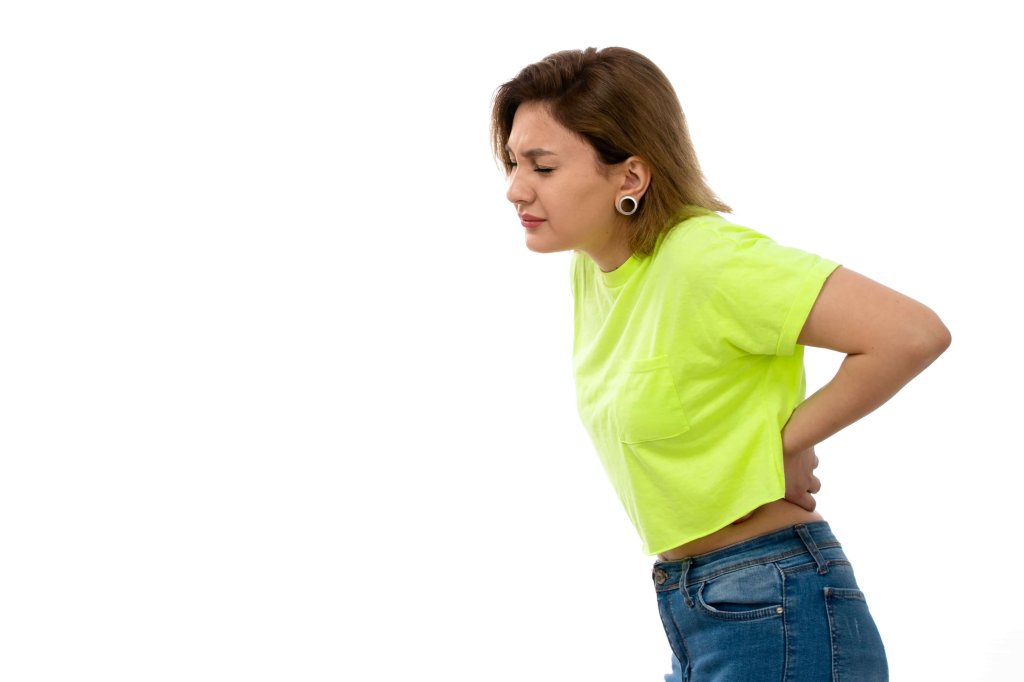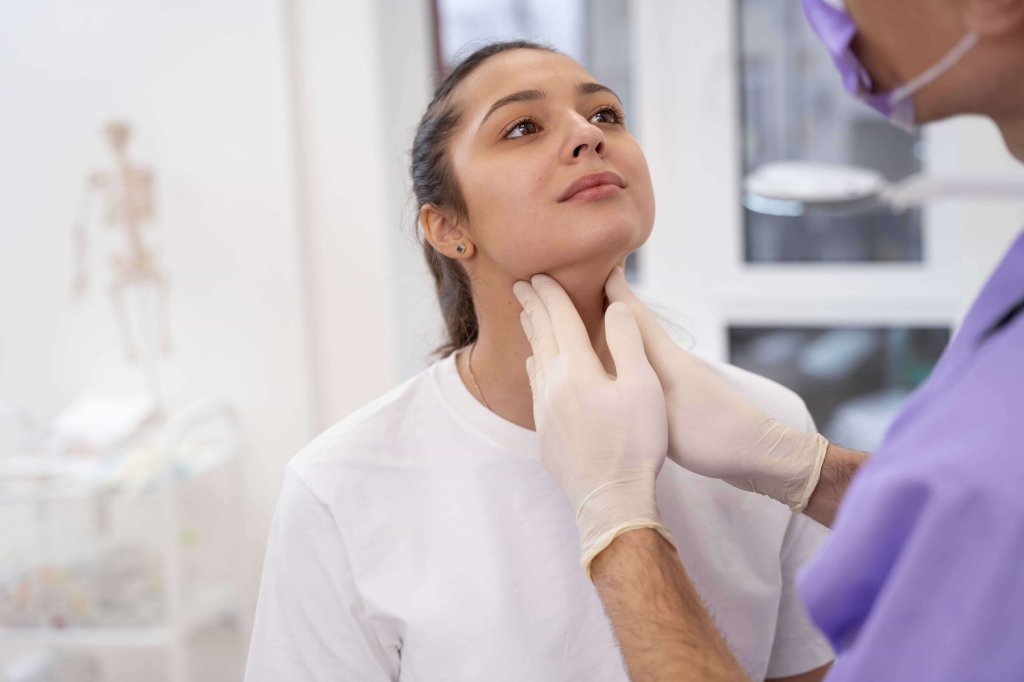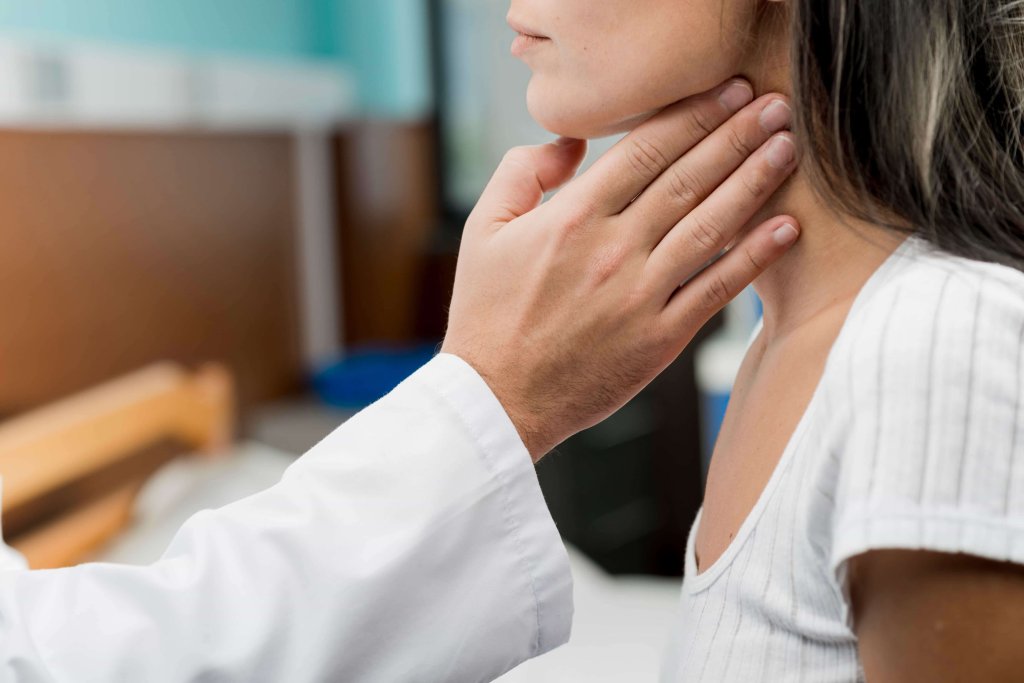What is Lumbar Disc Herniation?
Definition of Lumbar Disc Herniation
Lumbar disc herniation is a condition that occurs in the lumbar region of the spine when the inner part of the spinal discs protrudes outward. Weakening or tearing of the outer layer of the discs can cause the nucleus pulposus, a gel-like substance inside, to protrude and put pressure on the surrounding nerve roots. This usually results in severe pain in the lower back and surrounding areas.
Causes of Lumbar Disc Herniation
Lumbar disc herniation generally results from factors such as excessive strain, sudden heavy lifting, prolonged poor posture, or congenital abnormalities. This excessive pressure or trauma on the discs can cause them to weaken and their contents to protrude. Additionally, the aging process, with the loss of elasticity in the discs and degenerative disc disease, can increase the risk of lumbar disc herniation.
Genetic Predisposition and Lumbar Disc Herniation
Genetic factors can also play a role in the development of lumbar disc herniation. Individuals with a family history of lumbar disc herniation may have an increased risk due to structural characteristics of the discs or genetic differences in the quality of connective tissue. Genetic predisposition can lead to a higher frequency of lumbar disc herniation in certain families.
Symptoms of Lumbar Disc Herniation
General Symptoms
The most common symptom of lumbar disc herniation is severe lower back pain. This pain usually starts in the lower back and can radiate to one or both legs. In individuals with lumbar disc herniation, pain can worsen in situations such as bending forward, coughing, sneezing, or prolonged sitting. Additionally, lumbar disc herniation is often associated with muscle spasms in the lower back, restricted movement, and a feeling of weakness.
Symptoms of Lumbar Disc Herniation in Women
The symptoms of lumbar disc herniation in women can often differ from those in men. Hormonal changes and increased intra-abdominal pressure during pregnancy can increase the risk of lumbar disc herniation. This condition generally improves after pregnancy, but in some cases, symptoms of lumbar disc herniation may persist and require treatment.
Leg Pain and Numbness Symptoms in Lumbar Disc Herniation
Lumbar disc herniation can cause pain, numbness, or tingling in the legs by putting pressure on the nerve roots in the spine. These symptoms often worsen after prolonged standing or sitting in individuals with lumbar disc herniation. Symptoms such as weakness or loss of sensation in the legs may also be seen in individuals with lumbar disc herniation.
Psychological Effects of Lumbar Disc Herniation
Chronic lower back pain, restricted movement, and limitations in daily living activities can create psychological effects in individuals with lumbar disc herniation. This condition can lead to other health issues such as depression, anxiety, or sleep problems. Managing these psychological effects during the treatment of lumbar disc herniation is important.
Exercises for Lumbar Disc Herniation
Benefits of Exercises
Exercises for lumbar disc herniation can help support the spine and strengthen the lower back muscles. When done regularly with the correct techniques, they can contribute to reducing pain and functional improvement in individuals with lumbar disc herniation.
Exercise Recommendations for Lumbar Disc Herniation
Recommended exercises for individuals with lumbar disc herniation include swimming, Pilates, yoga, and low-impact aerobic exercises. These exercises keep the spine flexible, strengthen the lower back and abdominal muscles, and increase spinal stability. The exercise program should be customized according to the individual's lumbar disc herniation condition and physical state.
Correct Application of Exercises
It is important for exercises for lumbar disc herniation to be done with correct techniques and under expert supervision. Incorrect movements or excessive strain can worsen the symptoms of lumbar disc herniation. Therefore, the exercise program should be tailored to individual needs by a physical therapist or expert exercise physiologist.
Treatment of Lumbar Disc Herniation
Conservative Treatment Methods
The first step in the treatment of lumbar disc herniation usually starts with conservative methods. These methods include rest, medication, and physical therapy. Conservative treatment can help alleviate the symptoms of lumbar disc herniation, reduce inflammation, and assist the patient in returning to daily living activities.
Surgery for Lumbar Disc Herniation
Surgery for lumbar disc herniation is considered when other treatment methods fail or certain complications develop. Surgical intervention is usually performed to remove (discectomy) or stabilize the disc. Surgery aims to reduce pressure on the nerve roots, relieve symptoms, and improve the patient's quality of life.
Open Surgery for Lumbar Disc Herniation
Open surgery for lumbar disc herniation is a traditional approach that allows the surgeon to work directly on the disc. This method is usually preferred for large disc herniations or when there is significant pressure on the nerve roots. The surgeon accesses the disc contents by making a specific incision in the lumbar region of the spine and removes or corrects the disc if necessary.
Surgical Process and Risks
Surgery for lumbar disc herniation can typically last a few hours. The duration of the surgery varies depending on the size of the disc herniation, the patient's overall health condition, and the surgeon's experience. Risks of surgical intervention include infection, bleeding, nerve damage, and complications related to anesthesia. In the postoperative period, it is important for the patient to adopt the correct position, start physical therapy, and gradually increase daily activities.
Post-Surgery Rehabilitation
A post-surgery rehabilitation program can help accelerate the patient's recovery process after surgery. Physical therapists teach appropriate exercises and tailor therapy plans to strengthen the spine. Regular follow-ups and check-ups in the postoperative period are important for early detection and treatment of possible complications.
Pain and Recovery Methods for Lumbar Disc Herniation
Pain Management and Medications
Medications used to manage pain for lumbar disc herniation include pain relievers, anti-inflammatory drugs, and muscle relaxants. These medications can help reduce the severity of the pain and assist the patient in returning to daily living activities. However, long-term use and side effects should be considered.
Physical Therapy and Rehabilitation
Physical therapy is an important recovery method for individuals with lumbar disc herniation. Physical therapists teach appropriate exercise programs and spine-supporting techniques. Physical therapy can strengthen the lower back muscles, increase flexibility, and reduce pain.
Alternative Treatment Methods
Some patients may prefer alternative treatment methods for lumbar disc herniation. These methods include acupuncture, massage therapy, chiropractic treatment, and osteopathy. However, more research is needed on the effectiveness and long-term benefits of these methods.
Lifestyle Changes
Individuals with lumbar disc herniation can improve the management of their symptoms by making some changes in their daily living activities. These changes include regular exercise, paying attention to correct posture positions, avoiding heavy lifting, and not smoking. Maintaining a healthy weight can also help reduce the symptoms of lumbar disc herniation.
Prevention Methods for Lumbar Disc Herniation
Avoiding Risk Factors
To reduce the risk of developing lumbar disc herniation, it is important to avoid excessive strain. Proper techniques for lifting heavy loads, regular exercise, and maintaining correct posture positions are important. Additionally, maintaining a healthy weight and not smoking can also reduce the risk of lumbar disc herniation.
Ergonomic Work Environments
Creating ergonomic work environments in the workplace can reduce the risk of developing lumbar disc herniation. Proper sitting positions, regular breaks, and appropriate lifting techniques can help protect spinal health.
Regular Health Check-Ups
It is important for individuals at risk of lumbar disc herniation to attend regular health check-ups. If symptoms are detected early, the success of treatment and the recovery process can be increased. Additionally, taking preventive measures based on recommendations from professional health experts can help reduce the risk of lumbar disc herniation.
Frequently Asked Questions About Lumbar Disc Herniation
How is Lumbar Disc Herniation Diagnosed?
The diagnosis of lumbar disc herniation is usually made based on physical examination, imaging tests (MRI or CT scans), and the patient's symptoms. It is diagnosed after a detailed evaluation by a specialist doctor.
When is Surgery Considered Necessary for the Treatment of Lumbar Disc Herniation?
Surgery for lumbar disc herniation is usually considered when other treatment methods fail or certain complications (such as significant pressure on nerve roots) develop. The patient's symptoms, quality of life, and other health factors play a role in determining the necessity of surgery.
What is the Recovery Process After Treatment for Lumbar Disc Herniation?
The recovery process after treatment for lumbar disc herniation depends on the patient's overall health condition, the treatment method, and the extent of surgical intervention. The recovery process should be supported by physical therapy, rehabilitation programs, and appropriate guidance for the patient.
How Can Lumbar Disc Herniation Be Prevented?
To prevent the development of lumbar disc herniation, it is important to engage in regular exercise, maintain correct posture positions, avoid heavy lifting, and lead a healthy lifestyle. Avoiding risk factors and attending regular health check-ups can also be effective in preventing lumbar disc herniation.
This page content is for informational purposes only and includes general information about health topics. The information provided here should not be used to evaluate an individual’s medical condition or provide treatment recommendations by a healthcare professional. If you have any concerns or symptoms related to your health, please consult a healthcare professional for an accurate diagnosis and treatment. Avoid self-treatment or management strategies without professional medical advice for any health issues.




